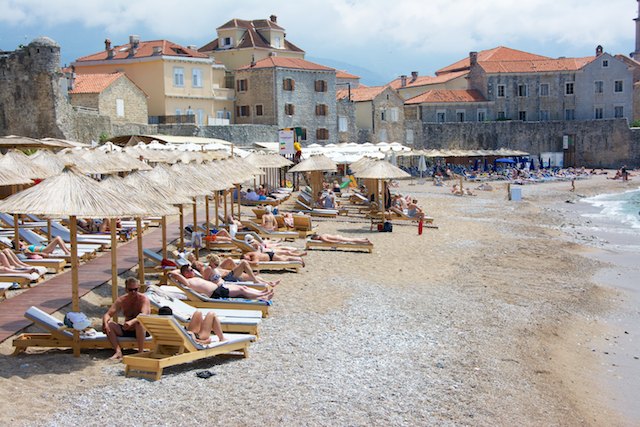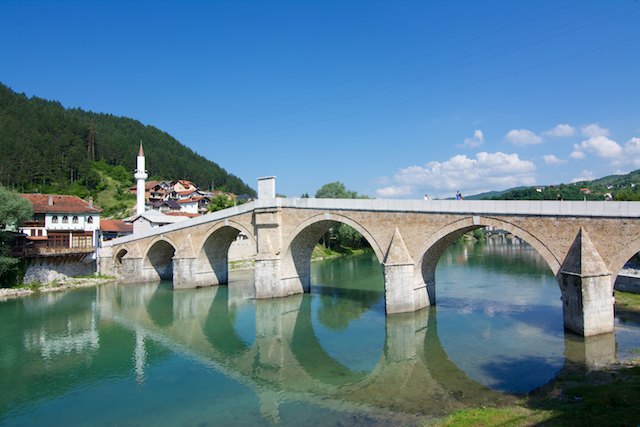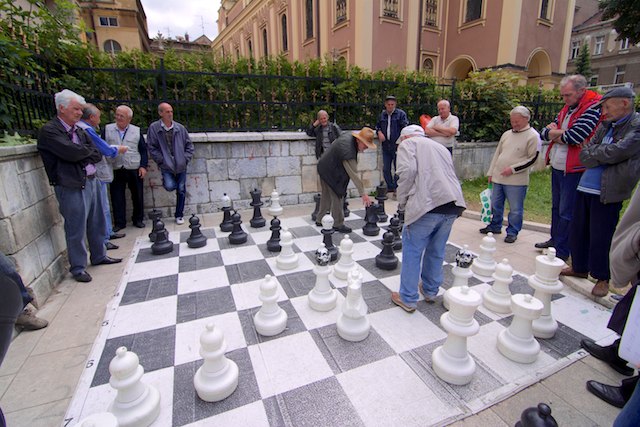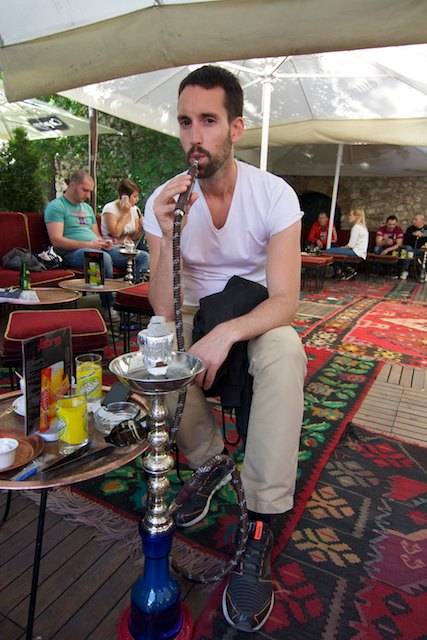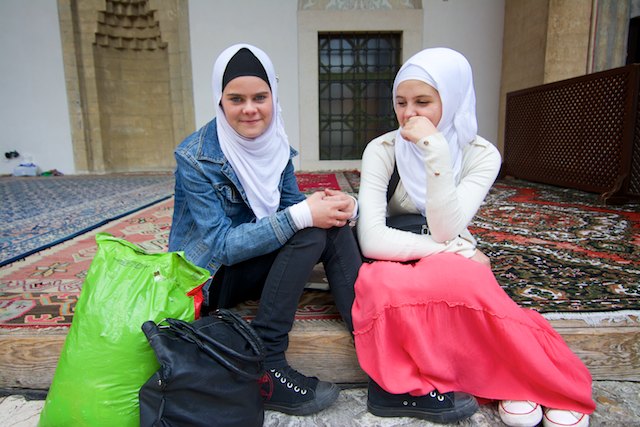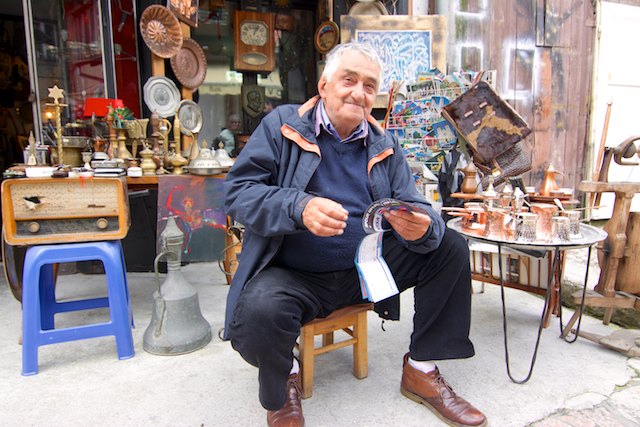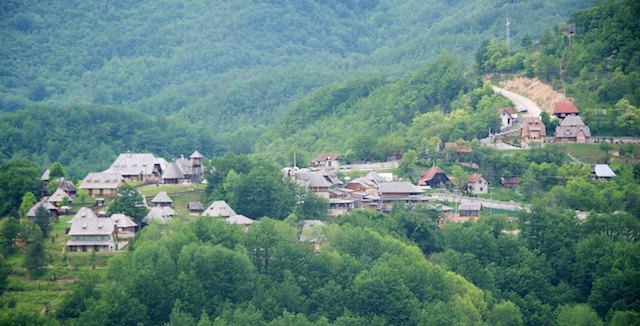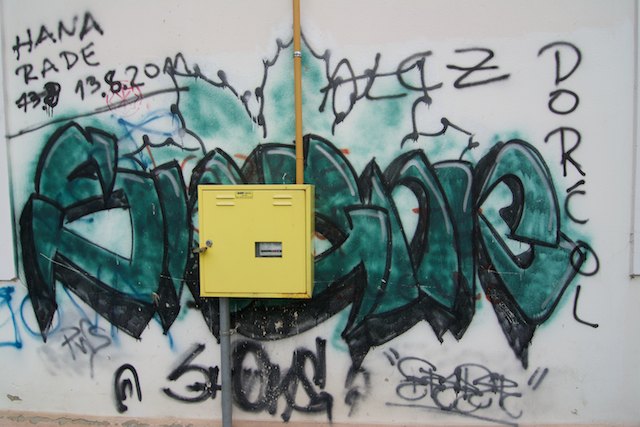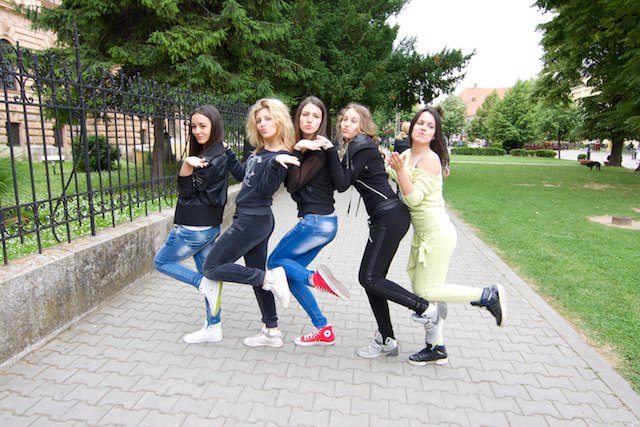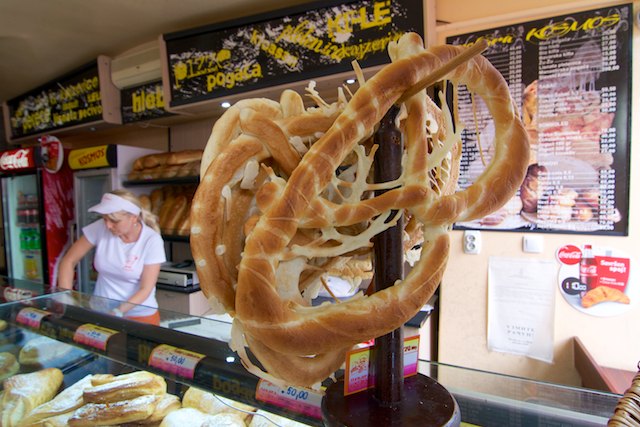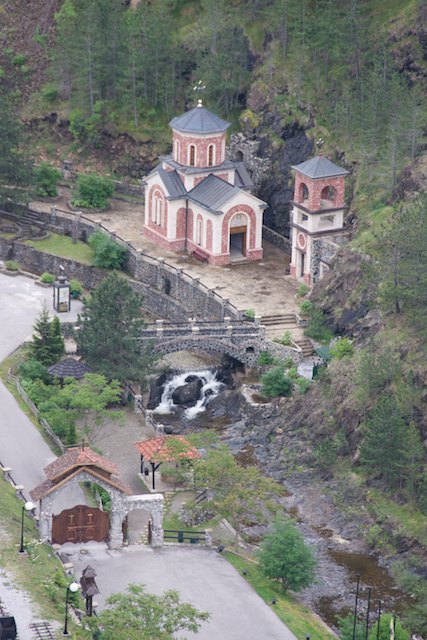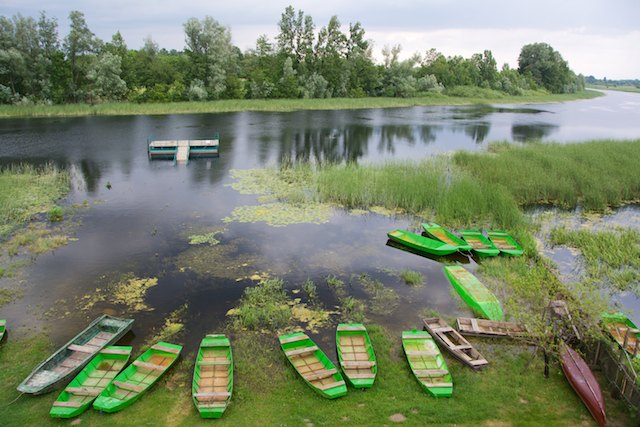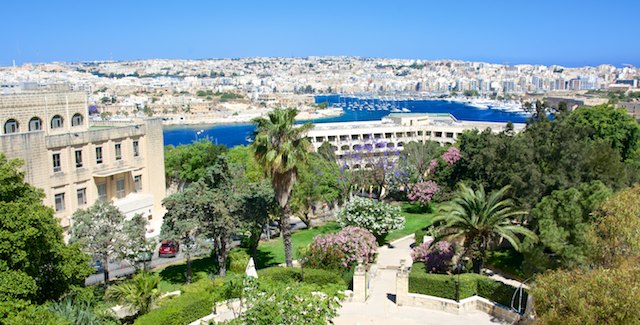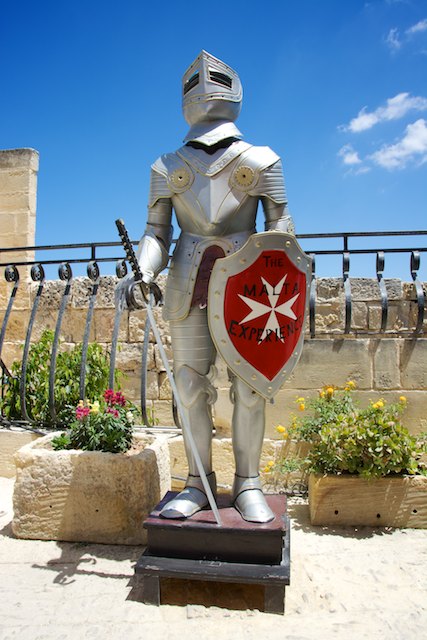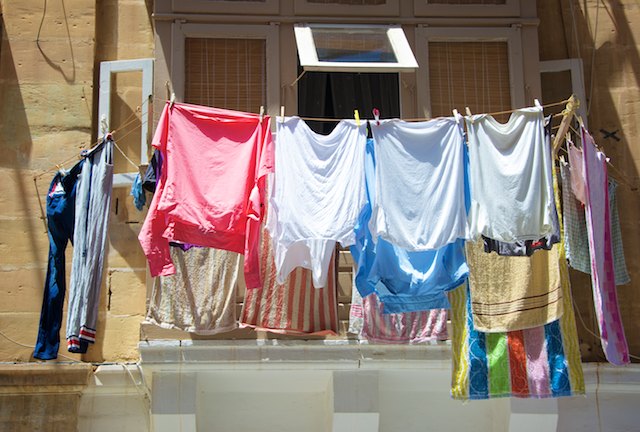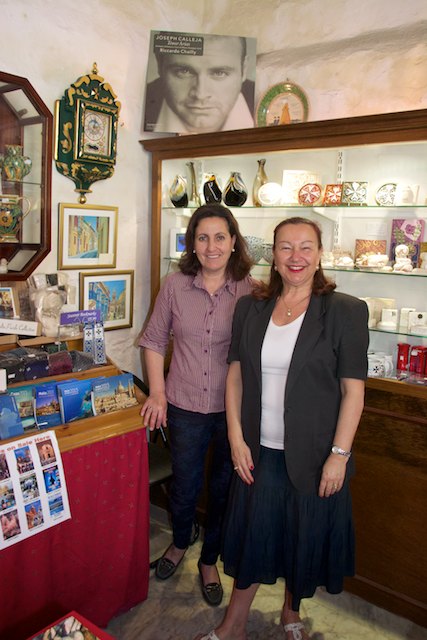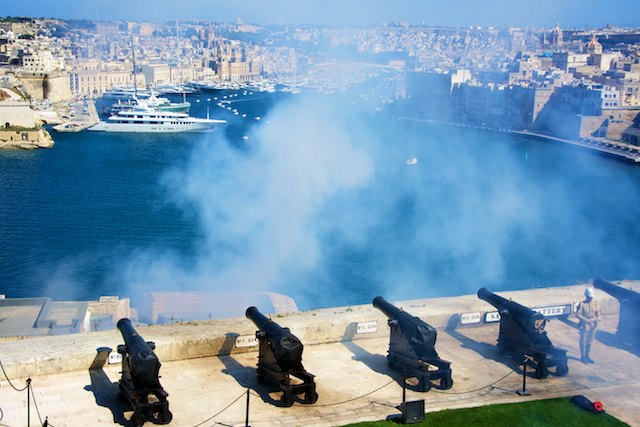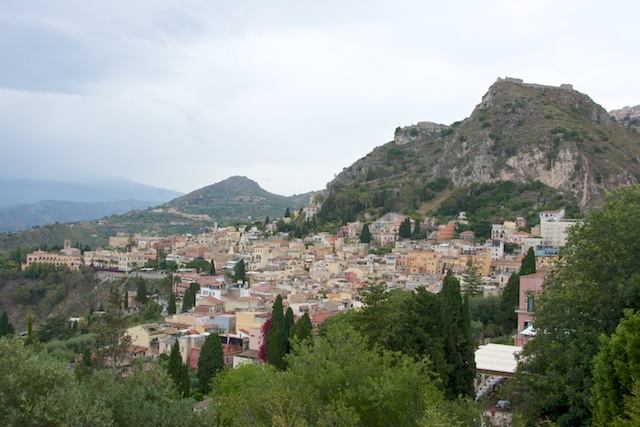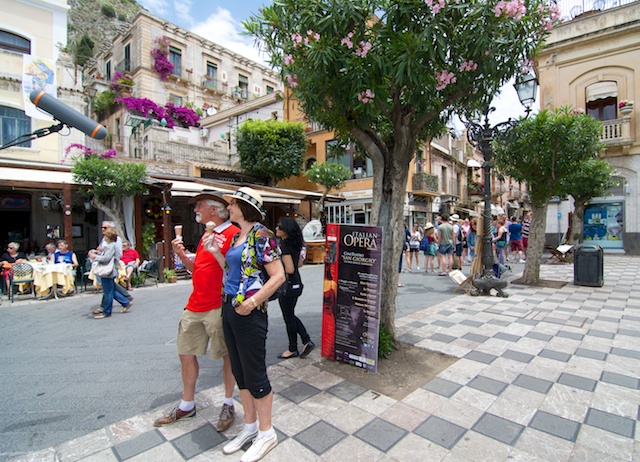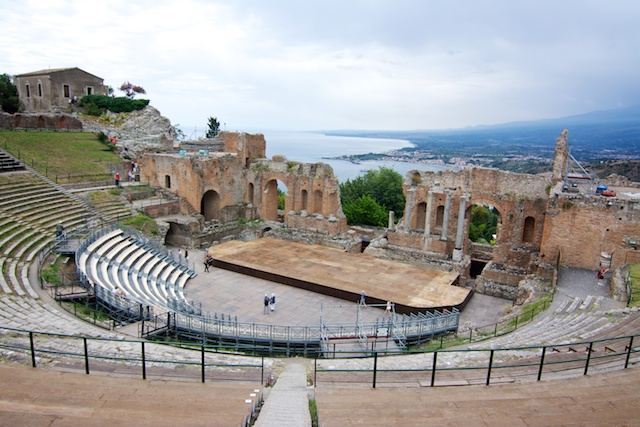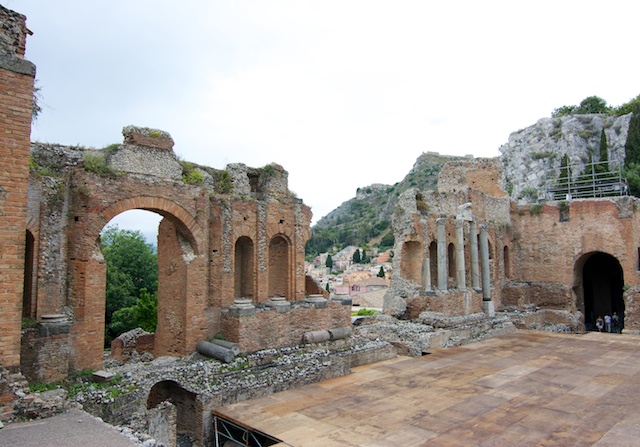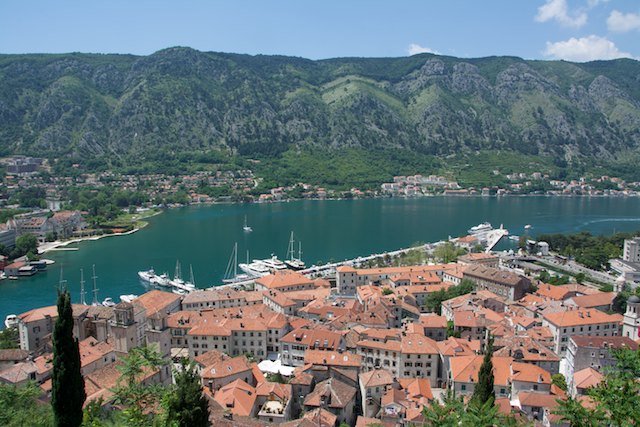
Sorry about the recent hiatus dear friends and followers. Your faithful Desto3 team has been busy carousing with French (also Ukrainian/American) rock stars, sampling the delights of modern western medicine and trying a little Hollywood on for size. These are three separate adventures, alas, none of these can be shared. You know the drill…what happens in O.P. stays in O.P. We are sworn to secrecy. Zip.
But, we’re baaaaack. Not back back. But, back in the game. Back in the saddle. Back in travel-mode. Back on the job. Reporting to you today from Bosnia-Herzegovina, and also Montenegro, our postcard will be all about several tiny little tiny towns in that region (still in the former Yugoslavia).
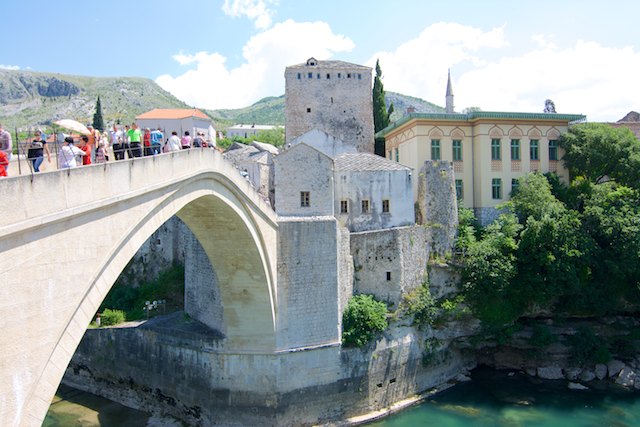
After Sarajevo, Mostar was our first stop. The local guidebook calls Mostar “the greatest pearl of the Herzegovina necklace”. And, it just might be that. A relatively unheralded town, it’s been on the international radar since 2005 when the “old bridge” in Mostar was declared a World Heritage site by Unesco. The “old bridge” is actually the new “old bridge” since the original one, built in 1566, was destroyed by “servants of the evil power” in 1993. You can not exaggerate the enmity felt and expressed by the citizens of Mostar toward the jerks who blew up the bridge. In reality, the original stone bridge connected the significant geographic divide of the Neretva river that separated Eastern and Western Herzegovina and the banks of the river within the city of Mostar. Symbolically, and maybe even psychologically, the old bridge represented an actual co-operative and tolerant era that present day Mostarians believe endured for nearly five centuries. Just like elsewhere in the Balkans, you will find no dearth of “monuments”, including cemeteries commemorating either outright war or just the unlucky participants. You could spend a full month visiting these on both sides of the river. Likewise plenty of religious architecture, representing all the usual suspects, has been constructed, destroyed and reconstructed, and you can visit almost all of them now as tourist attractions. The only Jewish Synagogue in all of Herzegovina was built in Mostar circa 1889, but after the “immigration of the Jews” (a quote from the official guidebook – kind of gives you a hint about who is writing the history of Mostar for the tourism industry), in the early nineteen fifties saw it turned into The Puppet Theatre. It is still a theatre today.
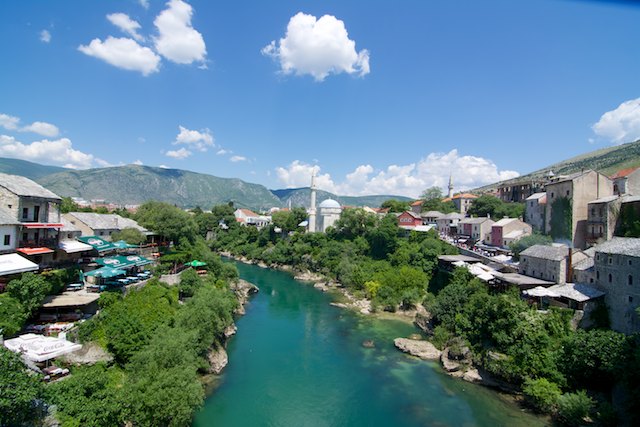
But, what’s Mostar really like? It’s great! Hints of Florence, a smidge of Toledo, a flavor of some U.S. college towns. Great Rue du Crapola. A lingering ambience from centuries past of the brass artisans for which Mostar is famous. And, like provincial France and Italy, good food if you know where to go and how to avoid the typical tourist traps (which world-wide seem to over charge you for shit food). Most of the younger locals speak English pretty well and the streets seem extremely safe. (Mind you, Herzegovina is in between wars so now would be a great time to go. You never know when the haters are going to get riled up or bored and start mayhem. History lovers in particular will enjoy Mostar. And, it’s only a half day’s drive in between Sarajevo and the coast of Montenegro…
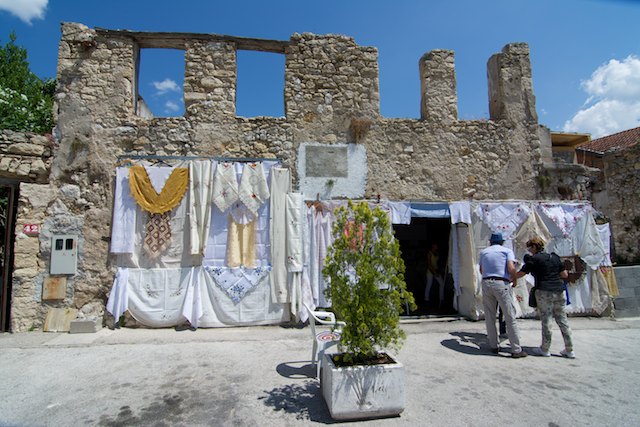
…Our next desto. We stayed in an efficiency apartment (owned by Serbs) in the town of Budva. As in Serbia, all commerce in Budva is regulated by the “who do you know?” network. Budva, maybe most of the coast in Montenegro, is the tourism playground of the Serbs. The place is completely over-run with Serbs. They vacation there in much the same way northern Americans vacation in Miami. Annually. And, many wealthy Serbs own condos or villas there. The other highly plentiful group, (seen populating the beaches and the nicer beach resorts in vast numbers), is the young nouvou riche set from Russia. We heard more than a few indelicate remarks about this population from our Serbian friends. It would seem that all is not exactly hunky dory between these folks on the social front, but the Russians have the Euros so, “Welcome to Budva, Comrades!”
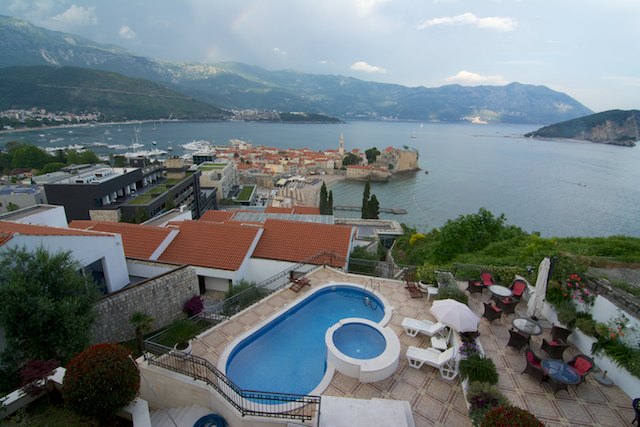
From Budva we took a car ride up the coast (windy, narrow and gorgeous – think Pacific Coast Highway in California) to Kotor, another very popular tourist destination. It’s crowded like you can’t believe pulling in the day trippers off the cruise ships that leave from Dubrovnik, and the only way to escape the maddening crowds is to make the climb up to the top of the mountain that looks down over the harbor. Cruise people generally are not the sort to make a two to three hour climb in the heat. (Maybe if the dessert buffet was up there…naaaahhh, not likely).

Then we stopped at a couple beaches, (one remote and private) and one completely developed and “lousy with Russians” – a direct quote, and then we went back to Budva for a great fish dinner and one of the best wines of the trip.
One interesting observation after our dedicated beach day: about half the European bathers (males) are now wearing board shorts ala the beach goers of the good old US of A. The other half have still not gotten the memo, proudly sporting big manly white bellies over Speedo style swimming costumes. And, sadly for Pablo, the women of the Balkan coast do not sunbathe topless, although in my experience, even in France and Spain, the ladies most likely to prance about in the waves without a top usually look more like my poor old mum (may she rest in peace) than the Baywatch Babes. So, leave the binoculars at home and move along. Nothing to see here.
